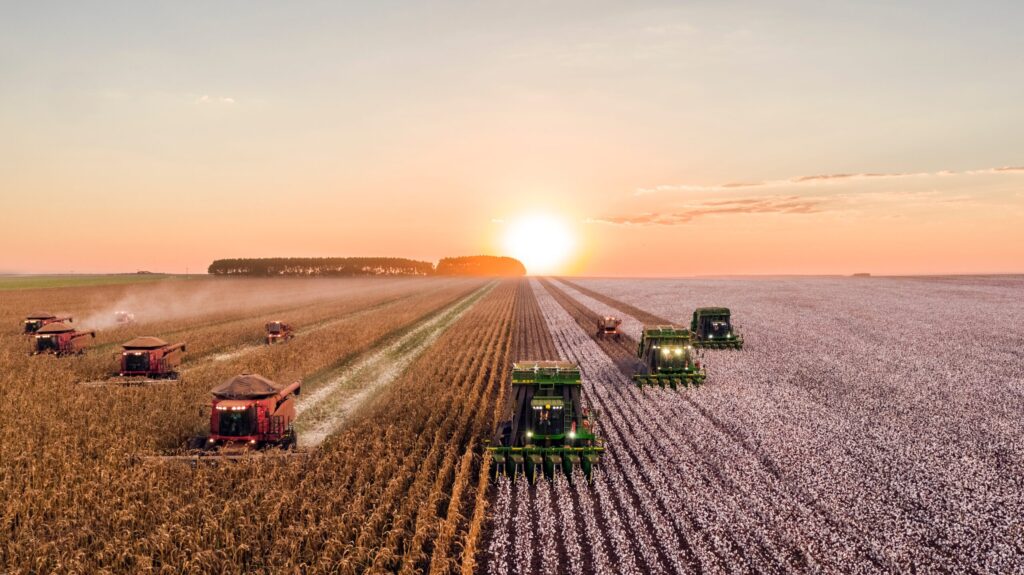

Agriculture is one of the main sources of income for millions of people in the Asia Pacific. The region is home to the world’s largest food market, producing an estimated 19% of global food and agriculture exports. Moreover, small-scale farmers within the region feed approximately 70% of the world’s population.
A key challenge for the sector is the strain to meet rising market demand amid adverse environmental conditions such as the effects of climate change on farming resources and the fickle nature of globalised food trends. It is therefore in the interest of both rural farming communities and food consumers to ensure that agricultural tools and processes are as efficient and productive as they can be.
Agricultural technologies, some of which already abound in farming communities around the world, are playing an increasingly important role in optimising a wide range of activities. Many are currently deployed to address specific challenges such as manpower shortages or crop quality management. There is, however, still significant room for technologies to do much more than simply overcoming on-the-ground tasks.
Already being tested in pilot projects, 5G networks are expected to enable big steps in optimisation of time-consuming and resource-intensive farming tasks. For example, a 5G network will provide exponentially faster download and upload speeds, as well as stable, real-time communications between multiple devices wirelessly. In other words, a farmer will be able to monitor his or her crops without needing to be physically present.
In the Netherlands, for example, the Kompas experimental farm is a collaborative project examining the impact of 5G on precision farming tools and methods. Precision farming, or smart farming, is the use of digital technologies to analyse and treat individual crops or livestock within a farm. This monitoring and targeting of specific crops can save significant time and effort.
The Kompas project combines an experimental 5G Fieldlab with multispectral, 5G-enabled camera drones to combat the growth and spread of pest in potato plants. The drones scan the potato fields and then subsequently relay the visual data collected to the 5G Fieldlab. The data is then interpreted and converted into precise maps with defined priority areas. Using the maps, a self-propelled sprayer will subsequently disseminate the exact amount of chemical agent required for each crop.
On the 5G test network, the process – from start to completion – takes approximately two hours. On a 4G network this exact same process requires almost two full days to complete. The stark difference can be attributed to the lack of bandwidth on the 4G network. A bottleneck of information is formed as the camera begins producing images faster than the drone can export them. With a bulk of the time spent on the receiving, processing, converting, and uploading of the images; the 4G network is unable to support the prolonged continuous use throughout the entirety of the monitoring and spraying process. This is further exacerbated as each field possesses its own unique profile of needs, and precise maps can only be rendered once the system has received the entirety of the captured images.
The Kompas project demonstrates that the combination of different frequencies on the 5G network – also known as uplink carrier aggregation – allows the drone to transfer images at a speed of 120Mbps, effectively eliminating any delay between image capture and transfer. The bandwidth of the network also makes it possible for the precision maps to be delivered instantaneously to SIM Cards in the GPS system of the sprayers; eliminating any additional manual inputs from farmers or their staff. On-board processing power is also offloaded onto a server, giving enough support for continuous contact from multiple devices (drone, camera, GPS, sprayer) across multiple base stations. Farmers participating in the trial are thus able to adapt their spraying methods and schedules to changing weather conditions.
While the model for precision farming can be modified, replicated, and deployed across other sectors of agriculture such as fisheries, forestry, and husbandry among others; the current use of technology in agriculture also makes it evident that there will be a demand for these 5G-enabled technologies in the future. The next steps that should be taken would be to ensure that rural populations – those who will benefit the most from these technologies – are connected and have adequate access following the roll-out of 5G networks.
Indeed, the sustenance of the population hinge on farmers being able to absorb similar innovative technologies into their day-to-day workflows.
Photo by Joao Marcelo Marques